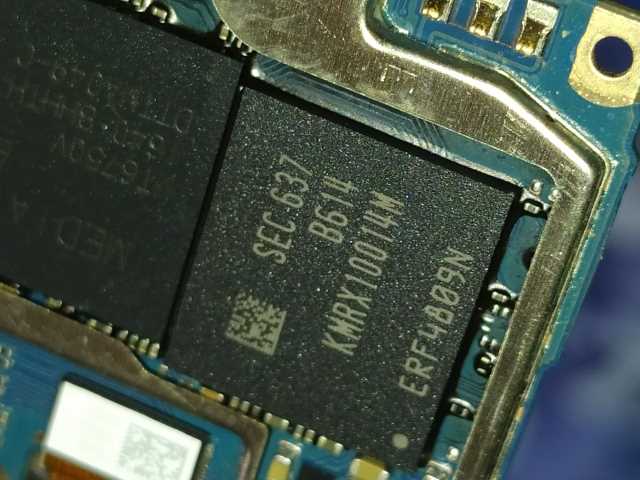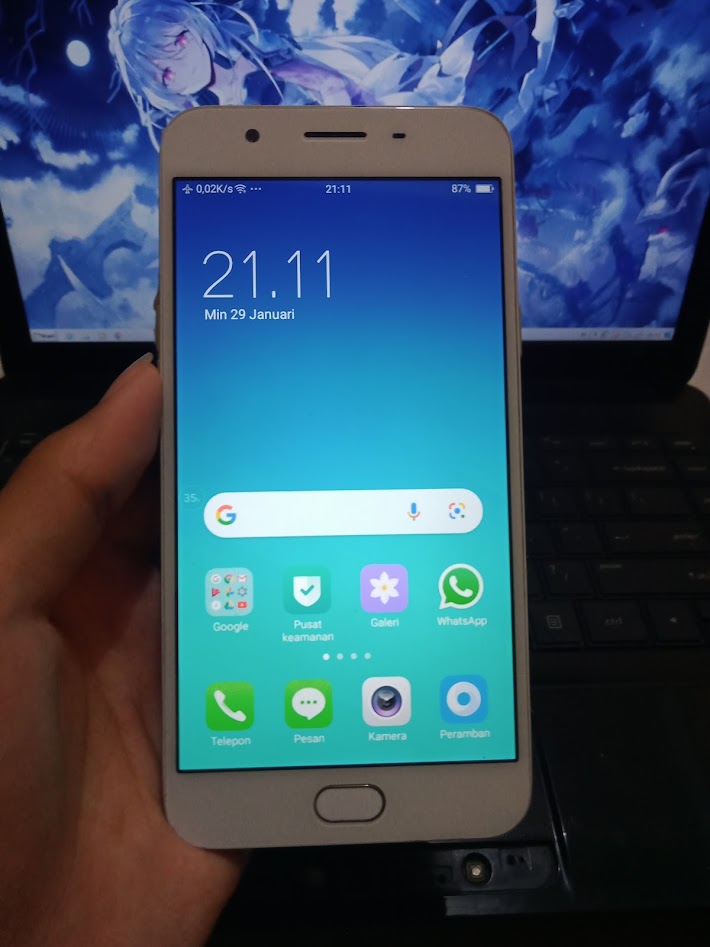Comparing: Seagate Momentus ST950032-5AS vs Samsung KMRX10014M
In this comparison, we analyze two Disks: Seagate Momentus ST950032-5AS and Samsung KMRX10014M, using synthetic benchmark tests to evaluate their overall performance. This side-by-side comparison helps users understand which hardware delivers better value, speed, and efficiency based on standardized testing. Whether you're building a new system or upgrading an existing one, this benchmark-driven evaluation offers valuable insights to guide your decision.

Seagate Momentus ST950032-5AS
| Type: | Disks |
|---|---|
| Model: | Seagate ST950032-5AS |
| Capacity: | 500GB |
| Interface: | SATA-II 3Gbps |

Samsung KMRX10014M
| Type: | Disks |
|---|---|
| Model: | Samsung KMRX10014M |
| Capacity: | 32GB |
| Interface: | eMMC |
Specification Comparison Table
This specification comparison presents technical details of several devices or components to help you understand the key differences between each option. Use this table as a reference to determine which device best suits your needs.
| Specification | Seagate Momentus ST950032-5AS | Samsung KMRX10014M |
|---|---|---|
| Brand | Seagate | Samsung |
| Format | HDD 2.5 | eMMC 5.1 |
| Capacity | 500GB | 32GB |
| Interface | SATA-II 3Gbps | eMMC |
Submission Comparison Table
This submission comparison table displays the number and details of benchmark data submissions from various devices or components. This information helps you understand the performance based on the benchmarks that have been tested, as well as providing an overview of the consistency and popularity of the available benchmark results.
Submission Comparison Chart
This chart visualizes the benchmark scores comparison between two hardware devices based on submitted data.
Media Gallery
A collection of photos of tested hardware. These images can help you identify the physical form, model, and variant of the hardware in question. These photos are from our own documentation, and if they are not available we may not be able to document them.
About Hardware Seagate Momentus ST950032-5AS
The Seagate ST9500325AS is a 500GB hard disk drive (HDD) with a 2.5-inch form factor, designed specifically for laptops, notebooks and portable devices. Utilizing a SATA II interface (3.0 Gbps) and a rotation speed of 5400 RPM, this hard drive offers a combination of low power consumption and sufficient performance for everyday computing needs, such as document storage, media, and light operating system installations.
Equipped with 8MB of buffer cache, the Seagate ST9500325AS is capable of handling basic read/write activities steadily, though not as fast as modern solid-state drives (SSDs). Nevertheless, it remains a popular choice for budget-conscious systems, secondary data storage, or upgrading storage capacity without high costs. Compared to 7200 RPM HDDs, 5400 RPM models like these also generate less heat and noise, making them suitable for laptops that prioritize comfort and power efficiency.
Technically, this HDD has an average seek time of about 12ms and is designed to support daily workloads with a high level of reliability. In our data transfer speed benchmark tests, the Seagate ST9500325AS performed as follows:
- Read Speed (Sequential Read): ~58 MB/s
- Write Speed (Sequential Write): ~62 MB/s
While its performance is far below that of SSDs, it is still relevant for basic use, especially on older systems or when large capacity is more important than speed. The Seagate ST9500325AS is also commonly found as built-in storage on previous generation laptops, and is still widely used for backups, large media file storage, and as a portable storage solution with external enclosures.
Device Test:
Device: Lenovo Sabine B475
CPU: AMD A6-3400M
GPU: IGP Radeon HD 6520G
RAM: 2GB DDR3
Thursday, 24 November 2022 09:14:30 | Update: 1 month ago
About Hardware Samsung KMRX10014M
OPPO F1s eMMC 5.1 (Samsung KMRX10014M) is an internal storage chip made by Samsung that is used in the OPPO F1s smartphone. Relying on eMMC 5.1 technology, this chip offers increased data transfer speeds compared to the previous generation (eMMC 5.0), providing a smoother user experience, especially when it comes to opening apps, saving files, and running the Android operating system responsively.
Although not comparable to UFS (Universal Flash Storage) in terms of performance, eMMC 5.1 remains an economical storage solution for mid-range devices like the OPPO F1s. The technology is reliable enough to handle everyday activities such as opening social media, recording videos, taking photos, and storing documents and apps.
The test was conducted on an OPPO F1s device with MediaTek MT6750 specifications, 4GB of RAM, and 32GB of internal storage, running on the Android 6 operating system. The internal storage on the OPPO F1s uses the Samsung KMRX10014M chip, which is an early generation eMMC 5.1 with relatively high performance for the standards of its release time.
Interestingly, despite the device being over 7 years old, testing using the Cross Platform Disk Test (Mobile) showed read speeds of 286.5 MB/s and write speeds of 78.7 MB/s. These figures are impressive for an eMMC chip that has gone through a long usage cycle, and indicate that the Samsung KMRX10014M has good NAND Flash endurance.
Overall, the eMMC 5.1 on the OPPO F1s offers an ideal combination of power efficiency, moderately high performance, and low manufacturing costs. This makes it a very suitable solution for devices with standard to mid-range requirements, especially when first released. While eMMC performance may degrade with age, these benchmark results show that the chip is still capable of performing quite well even after many years.
Device test (testbed):
Device: OPPO F1s
CPU: MediaTek MT6750
RAM: 4GB
Storage: 32GB
OS: Android 6
* This test was conducted after the device was approximately 7 years old, which is likely to have degraded the performance of eMMC.
Friday, 19 November 2021 16:41:45 | Update: 1 month ago

